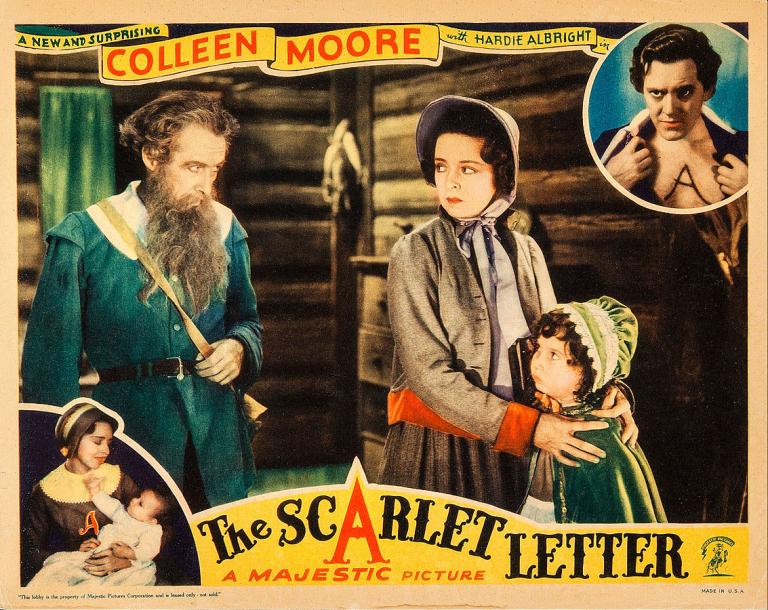As a new related scandal emerges of priests sexually abusing nuns. . . . .And as another scandal emerges of lesbian nuns sexually abusing girls in their care. . . .And as gay priests, exactly as I predicted, are coming forward demanding sympathy. . . .I came across a medieval historian who explains the doctrinal basis of keeping sins secret. The doctrinal teaching about “scandal” actually had the effect at first of protecting women and others who were sinned against, though it would eventually have the unintended consequence of protecting their victimizers.
The word “scandal” today means “an action or event regarded as morally or legally wrong and causing general public outrage.” But it comes from the Greek word translated from the New Testament as “stumbling block” (e.g., Romans 13:14). That is, an offense that might cause someone to lose his or her faith.
According to historian Sarah McDougall, for medieval Christianity as carried on by Roman Catholicism “scandal” was the sin of allowing bad behavior to weaken people’s faith. Therefore, the general practice was to keep sins secret. Women caught in adultery, for instance, had to perform severe penance, but their transgression was generally when possible kept private, which preserved their reputations.
I’ll let Prof. McDougall explain it. From “When the Catholic Church’s Prohibition on Scandal Helped Women“:
It was a sin, the sin of scandal, to make public information that might shake the faith of others, thus leading them to sin. A judge, therefore, ran the risk of committing the sin of scandal by inflicting a punishment that publicized the offender’s sin. . . .
For example, in the interest of avoiding scandal, and also to protect human life, priests were instructed to tell an adulterous wife to keep her sin a secret, even if she had given birth to a child whom the husband wrongly thought was his own. The woman should repent and perform penance, but not in a way that revealed her sin to others. In keeping her secret, the woman could privately atone without risking her life or scandal to her family or community.
The same rules applied for pregnant nuns in medieval Europe. The scandal of a pregnant nun, so dangerous to the reputation of the church in general and to her convent in particular, was kept quiet to avoid shaking the faith of Christians. This was not done in the terrible ways we imagine, in horror stories of nuns imprisoned in dungeons and killed in horrific efforts to keep the pregnancy a secret.
Pregnant nuns were subject to penance and confinement, but great care was to be taken not to harm the unborn child, who might quietly be passed to the nun’s relatives or to the child’s father or his family. The nun herself could be reintegrated into her community and could even become head of the convent. For example, in 1259, a nun in Normandy gave birth in the care of two village midwives and sent the baby to her aunt to be raised, and a nun in 14th-century Bergamo who had three children with a priest later became the abbess of her convent.
This is contrary to some works of fiction that I have read and seen dramatized, which describe priests dragging adulterous women to their deaths. (Yes, there was Guinevere’s attempted execution, but that was not for adultery but for treason, for a Queen risking producing an heir outside the royal blood.) It’s also contrary to a recent Australian mystery program I watched that had a nun murdering unwed mothers and saying that their children could not be saved because they were “bastards,” as if Catholic orphanages didn’t always baptize the infants in their care.
Prof. McDougall isn’t whitewashing anything. She acknowledges that women were greatly mistreated in the Middle Ages and by the medieval church. She goes on to show how this concept of “scandal” has been used to cover up wrongdoing in the church. But this helps to explain why the Catholic church has been protecting so many pedophile and otherwise sexually abusive priests. Notice how transcripts of the bishops’ excuses keep repeating how they were trying to avoid “scandal.” And note too that the effects have been exactly as the doctrine of scandal predict: The accounts of such depravity among the clergy have weakened people’s faith.
This excuses nothing. And it demonstrates the Pharisaical error of making the external appearances more important than the actual reality. The sin of priests or nuns molesting children is not primarily that of scandal. Rather, the primary sin that needed to be addressed is child molestation. Instead of dealing with that reality, bishops concentrated on the secondary effect of scandal.
Does anyone know if this concept of “scandal” carried over into the Reformation churches, at least in the early days? Certainly, the flagrant violations of clerical vows–the sexual promiscuity of those who had taken a vow of celibacy; the ostentatious wealth of those who had taken a vow of poverty–were part of the Reformation critique of Catholicism. As Christians admitted that they were sinners in need of the Gospel, did this mean greater transparency about transgressions? The Scarlet Letter was about a Puritan community. I know Catholics did practice public penance. Was that a more or less voluntary expiation, or carried out in public without naming of the sin to avoid “scandal,” or carried out in cases when the offense was already known? Or is Prof. McDougall missing something?
Illustration: Lobby card from the film The Scarlet Letter, from Majestic Pictures (1934) – eBaycard, Domeniu public, https://commons.wikimedia.org/w/index.php?curid=37106263














